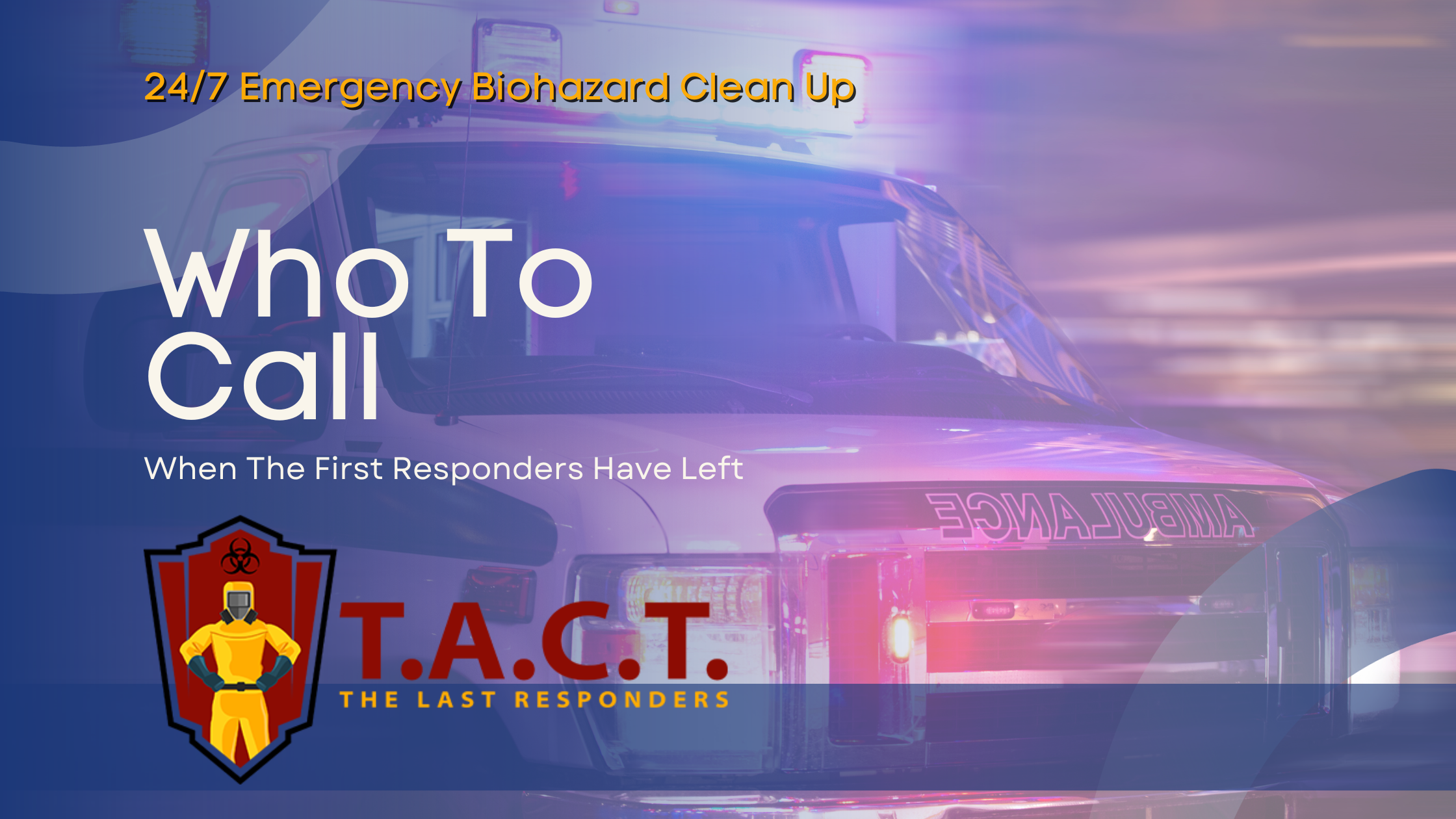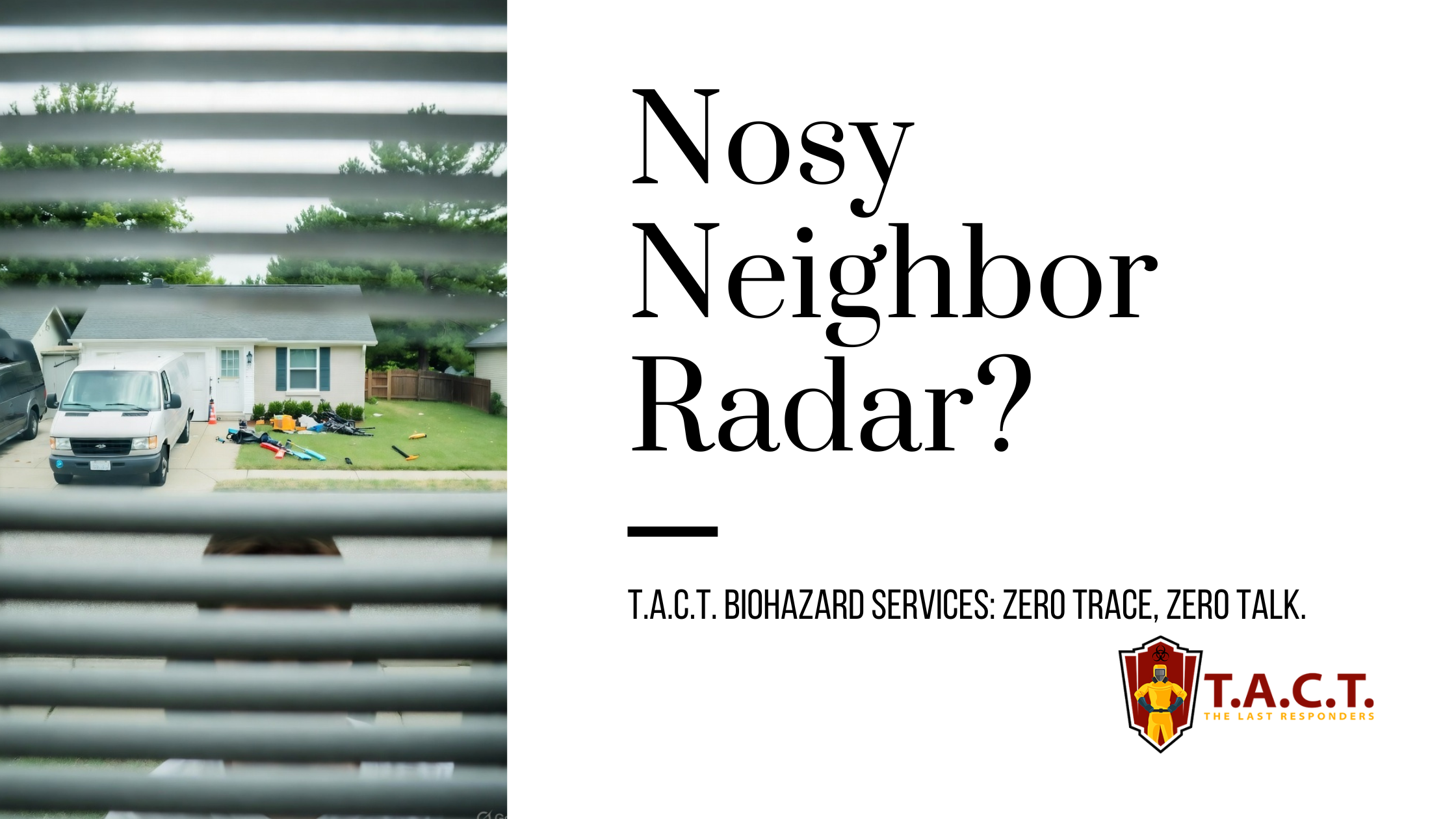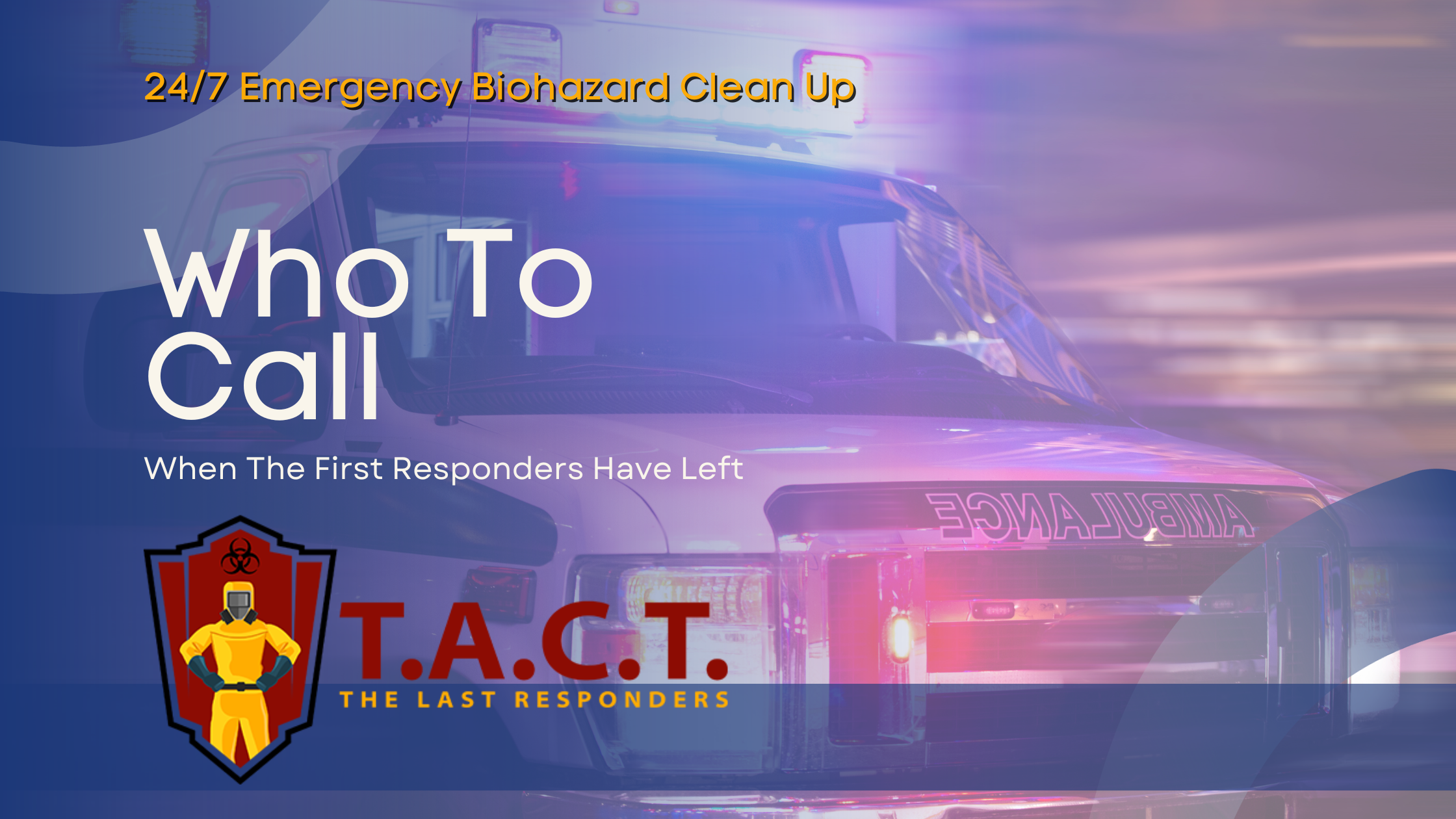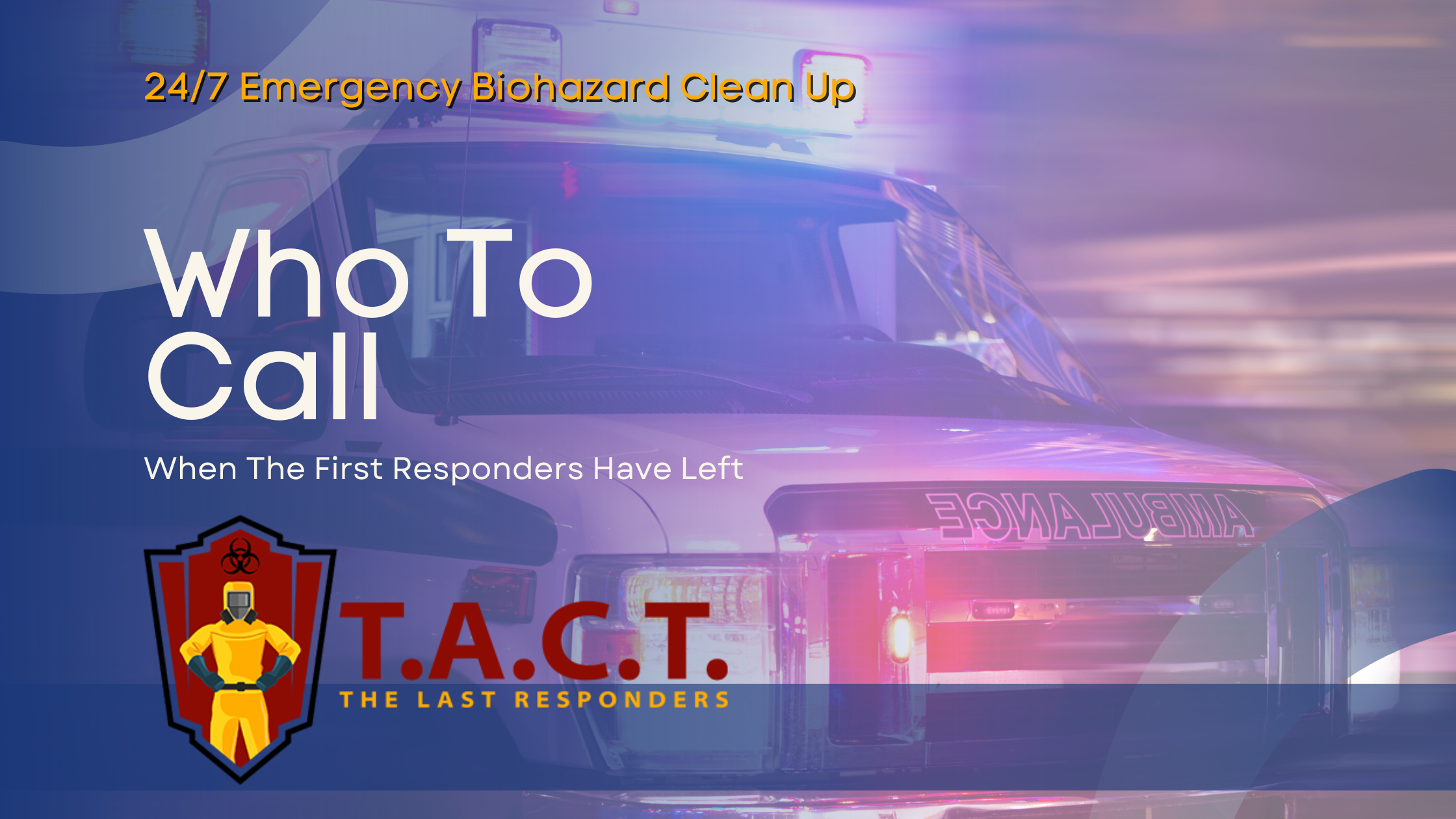Hazmat Cleaning Techniques

Essential Guide to Safe and Effective Hazmat Cleaning Techniques
Hazardous materials present dangers that demand expertise, swift action, and careful attention to detail. Failing to manage these substances properly risks harm to both people and the environment. This guide offers practical, authoritative advice on hazmat cleaning techniques to protect your health, ensure regulatory compliance, and minimize the risk of contamination.
Understanding Hazardous Materials
Hazardous materials (hazmat) encompass a wide range of substances, from explosives, lead, and radioactive elements to flammable liquids and poisonous chemicals. These materials are present in environments as diverse as manufacturing plants, research labs, hospitals, and even transport vehicles. Each poses unique challenges when released, requiring tailored hazmat cleanup protocols to ensure safety.
The Environmental Protection Agency (EPA) plays a pivotal role in regulating how hazardous materials should be handled, transported, and disposed of. Safe transportation of hazardous materials is critical, and regulatory oversight helps prevent accidents and environmental harm. It is essential to comply with EPA regulations to protect both human health and the environment from long-term contamination.
Equally essential is the use of personal protective equipment (PPE) such as gloves, masks, respirators, and protective suits. PPE acts as the first line of defense, dramatically reducing the risk of direct exposure to toxic fumes, chemicals, and infectious agents.
The Role of Biohazardous Materials
Hazardous materials aren’t limited to chemicals. Common biohazards include blood, bodily fluids, and medical waste.
Biological hazards—including blood, bodily fluids, and pathogens like bacteria or viruses, including dangerous viruses such as HIV, Hepatitis B, and COVID-19—require specialized handling.
crime scenes, medical settings, and accident sites can all be sources of biohazards, increasing the need for rigorous cleanup procedures to prevent the spread of disease. Biohazard cleaning and biohazard cleaning services are essential for safely handling potentially infectious materials and potentially harmful substances.
Identifying Types of Hazardous Spills
Hazardous spills are incidents involving the release of hazardous materials due to accidents or other causes. Hazardous spills differ in scale and risk:
Accidents are a common cause of hazardous spills, making it essential to have trained personnel and proper procedures in place to ensure safety and minimize risks.
Minor Spills
Minor spills involve limited volumes of hazardous material. With proper PPE and training, staff can typically and properly clean these using spill kits and safe handling practices to ensure safety. Still, even minor incidents require careful containment to prevent escalation.
Major Spills
Major spills are severe, potentially endangering large numbers of people and threatening the environment, and require immediate action. These incidents demand immediate evacuation, rapid notification of authorities (including the EPA), and expert hazmat response teams equipped for complex, large-scale cleanup.
Chemical and Biohazardous Spills
Chemical Spills: A chemical spill involving flammable, corrosive, or poisonous substances necessitates customized cleanup to deter fires, explosions, or toxic exposure.
Biohazardous Spills: Fluids containing bloodborne pathogens or infectious materials demand strict protocol, often overseen by health authorities, to halt disease transmission. This includes removing materials contaminated with biohazards, such as drywall or carpeting, and thoroughly disinfecting the affected area to prevent further spread.
Risks and Precautions in Hazmat Cleanup
Dealing with hazardous materials poses a significant threat to both human health and the environment, including:
Human Exposure: The danger of toxic fumes, corrosive chemicals, and infectious agents can cause acute or long-term health effects.
Environmental Impact: Unchecked spills contaminate soil, water, and air, with severe consequences for wildlife and communities.
Regulatory Violations: Mishandling hazmat can result in heavy penalties and loss of licensure.
Proper training for employees is essential so they can recognize and respond to hazards effectively, minimizing risks and ensuring compliance.
Essential Precautions
Always wear appropriate PPE, including gloves, masks, and chemical-resistant clothing.
Adhere strictly to established cleanup protocols.
Be aware of the risk of being exposed to hazardous materials and keep contaminated items contained to limit secondary exposure.
Follow Occupational Safety and Health Administration (OSHA) guidelines for handling, removal, and disposal of hazardous and biohazardous waste.
Understand that biohazardous work sites require double-layered protocols to prevent cross-contamination.
Avoid attempting hazmat cleanup without proper training; always call professionals for hazardous spills.
Preparation and Planning for Hazmat Response
Routine preparation saves lives when hazardous spills occur. Having a plan in place ensures that you can quickly contact a professional hazmat response service when needed. In emergency situations, it is crucial to select a service that prioritizes customer care, providing compassionate and respectful support throughout the cleanup process.
Equip Your Hazmat Response Team
Stock essential PPE, spill kits, containment barriers, and decontamination solutions.
Ensure all personnel receive regular training on hazard recognition, PPE use, and spill response so they can handle hazardous materials safely.
Spill Response Plans
Effective organizations maintain up-to-date spill response plans covering:
Immediate containment steps for different spill types, with the goal to provide safe containment and response
Clear chains of command and responsibility
Contact details for local authorities, the EPA, and cleanup vendors
Regular drills reinforce readiness, boost confidence, and reduce the risk of errors during real incidents.
Communication and Reporting
Regulatory and insurance bodies should be notified of hazmat incidents without delay. Transparent reporting ensures legal compliance and enables a coordinated cleanup and restoration effort.
Containment and Cleanup Procedures Explained
Containment and cleanup aim to halt the spill’s spread and eliminate the hazard. Professional services, including specialized biohazard services, are available to handle complex cleanup needs, ensuring safety and regulatory compliance. This involves:
Containment Tactics
Use absorbent pads, booms, or barriers to control the spread of contaminants and fluid movement.
Seal off affected zones to protect uncontaminated areas.
Ventilate spaces to disperse dangerous fumes.
Cleanup and Decontamination
Select cleaning agents proven effective for the specific substance involved. This may include universal solvents, neutralizers, or biocidal solutions.
Remove and dispose of contaminated items in labeled hazardous waste containers.
After the initial cleanup, sanitize all surfaces as part of the decontamination process. Sanitizing with EPA-approved products ensures thorough cleaning, disinfecting, and compliance with safety standards.
Special Considerations for Biohazards
Employ double-bagging and labeled containers for bodily fluids and biological waste as part of the biohazard removal process.
Disinfect all equipment and vehicles used in the process after contact with potentially infectious materials.
Adhere to local health and safety guidelines to eliminate disease risk.
Final Disposal
Certified hazardous waste haulers must oversee transport and disposal of residual chemicals and biological waste. Document every step to confirm compliance and protect your organization from liability.
Safeguarding Your Organization and Community
Hazardous materials are not just a workplace issue; they can threaten entire communities and ecosystems if mishandled. Proper hazmat cleaning is essential for protecting the well-being of both the community and the environment, ensuring long-term health and safety. By understanding risks, enforcing strict procedures, and remaining vigilant, you demonstrate both professional responsibility and respect for those you serve.
Consider developing relationships with trusted hazmat cleanup providers for incidents beyond your in-house expertise. Their experience, advanced equipment, and regulatory knowledge ensure that even the most daunting spills are resolved safely, restoring normalcy and peace of mind in times of difficulty.
Building Hazmat Readiness for the Future
Proactive risk management, regular staff training, and robust communication structures form the foundation of effective hazmat response. Don’t wait for a disaster to test your readiness—instead, invest in preparation and keep your plans current. By doing so, you create a safe environment for all and foster confidence in your ability to manage any hazardous situation.
Stay informed about changing regulations and new cleaning technologies to maintain best practices in this vital field. When in doubt, prioritize safety, compassion, and transparency above all else.
Meta data
Meta title
Hazmat Cleaning Made Safe and Simple
Meta description
Discover proven techniques for safe hazmat cleaning services. Learn to manage hazardous spills and keep your facility, staff, and community secure.
Latest news

Nosy neighbors peeking? T.A.C.T. North Atlanta offers discreet biohazard remediation for rodent infestations, mold, hoarding, and more. Unmarked vehicles, quiet experts, full privacy—24/7 service at 470-781-4775.
Read More

